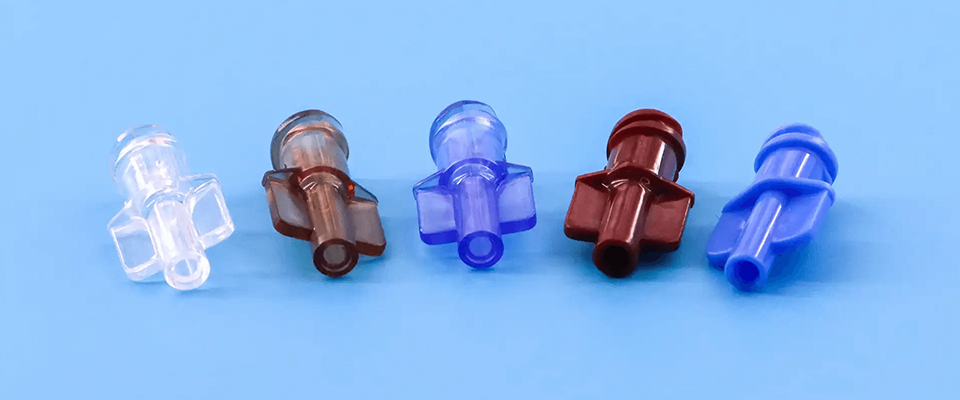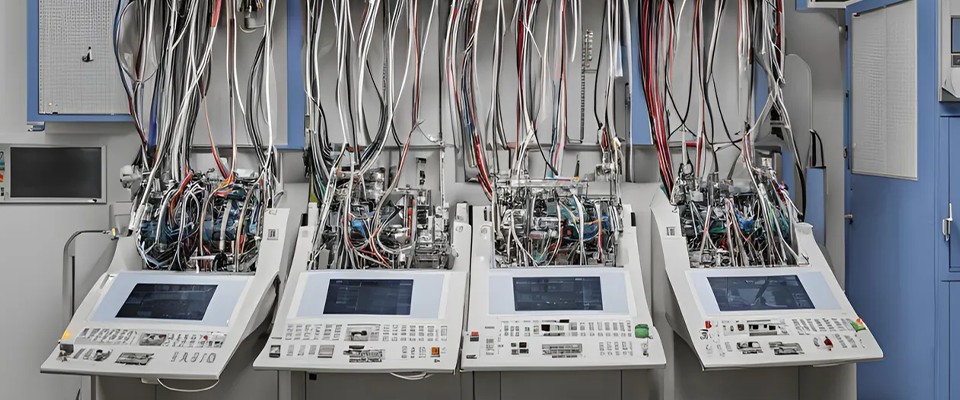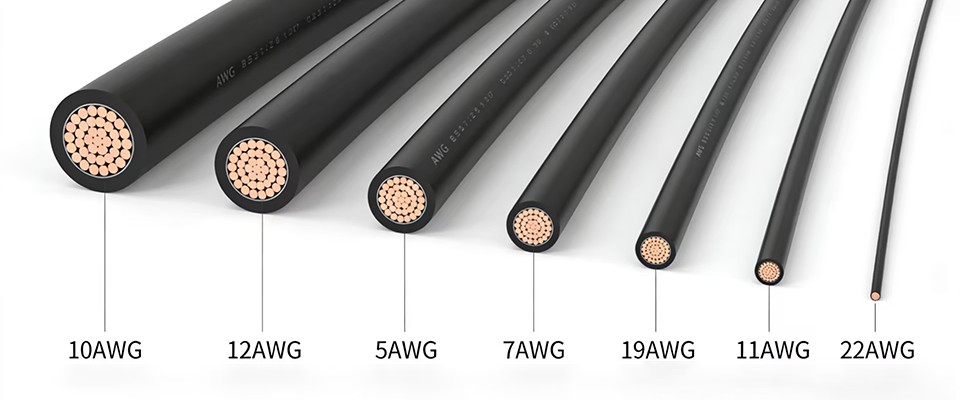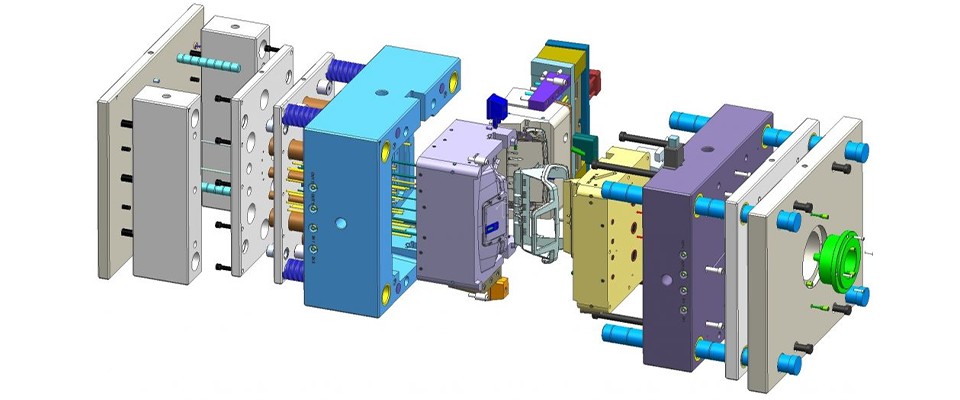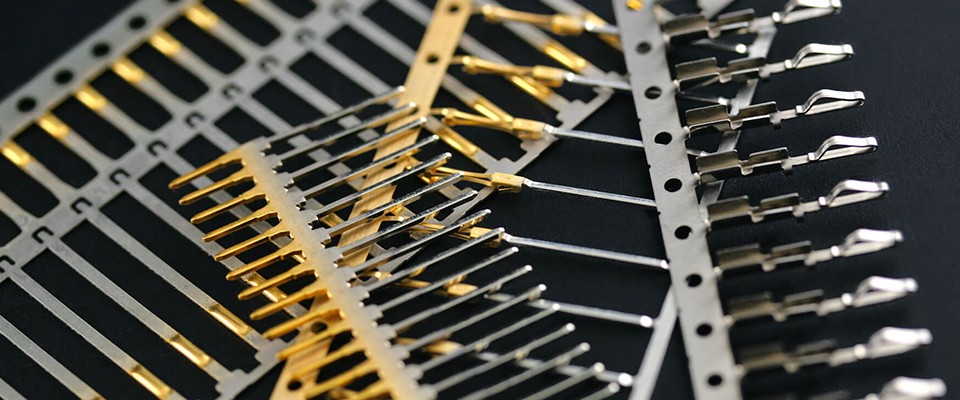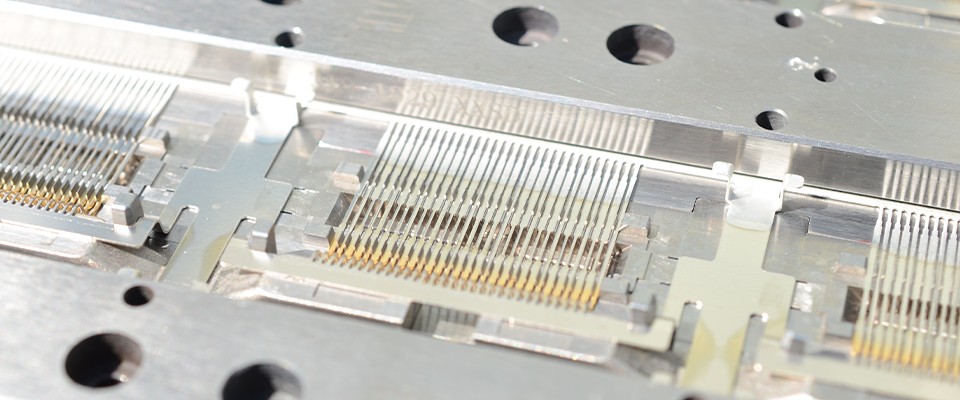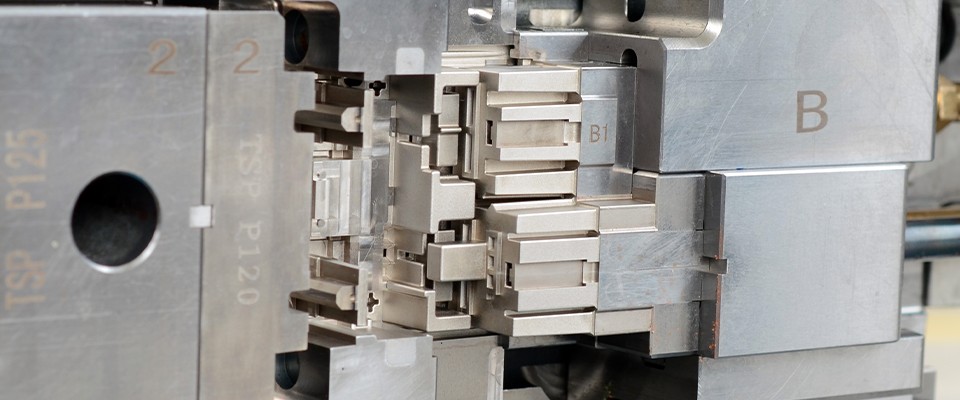Medical Luer connectors are widely used in IV sets, syringes, and infusion systems. Their mold design demands exceptional precision and quality to ensure patient safety, leak-proof performance, and compatibility with global medical standards. Below are the critical factors to consider when designing injection molds for Luer fittings.
✅ 1. Material Selection for Luer Connectors and Molds
Medical-grade Luer connectors require the use of biocompatible plastics such as:
Polypropylene (PP)
Polycarbonate (PC)
Polyamide (Nylon)
These materials are chosen for their chemical resistance, mechanical strength, and sterilization compatibility (e.g., EO, gamma, or autoclave).
For the mold itself, high-hardness and corrosion-resistant steel like P20 and H13 are recommended. These ensure the mold can withstand long-term production without compromising dimensional accuracy.
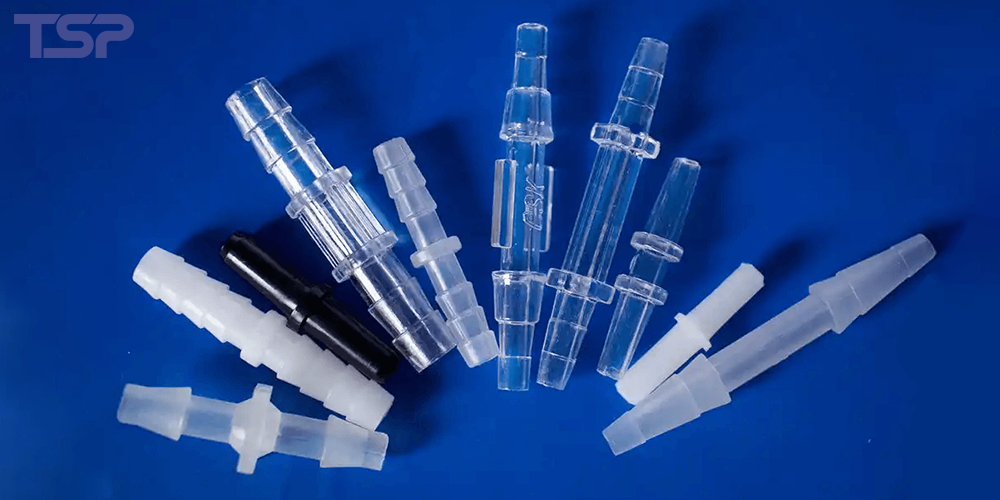
🎯 2. Precision and Tolerance in Luer Mold Design
Precision is critical in the manufacturing of medical Luer connectors, as poor dimensional control can cause leakage or disconnection during use.
Typical tolerance requirement: ±0.02 mm
Luer lock and slip connectors must conform to ISO 80369 standards
To meet such tight tolerances, mold designers must:
Use high-precision CNC machining
Perform detailed tolerance analysis
Conduct mold trials and validation testing to ensure accurate fit with mating components
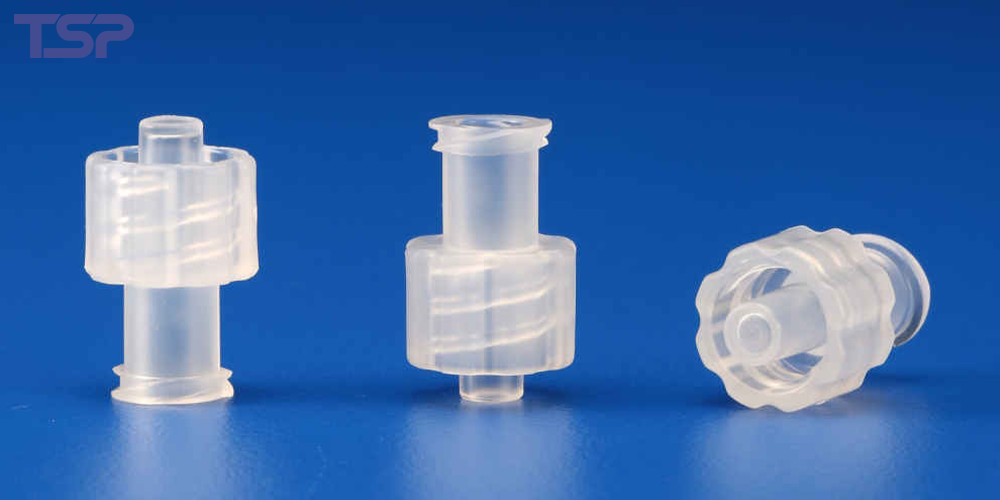
🚀 3. Flow Channel Design for Luer Connector Molds
Proper runner system design ensures consistent material flow, shortens cycle times, and prevents common defects such as weld lines, air traps, and burn marks.
Key recommendations:
Optimize the sprue, runner, and gate design to maintain balanced flow
Use hot runners for multi-cavity Luer connector molds to improve efficiency
Consider valve gates for better gate vestige control in aesthetic or functional areas
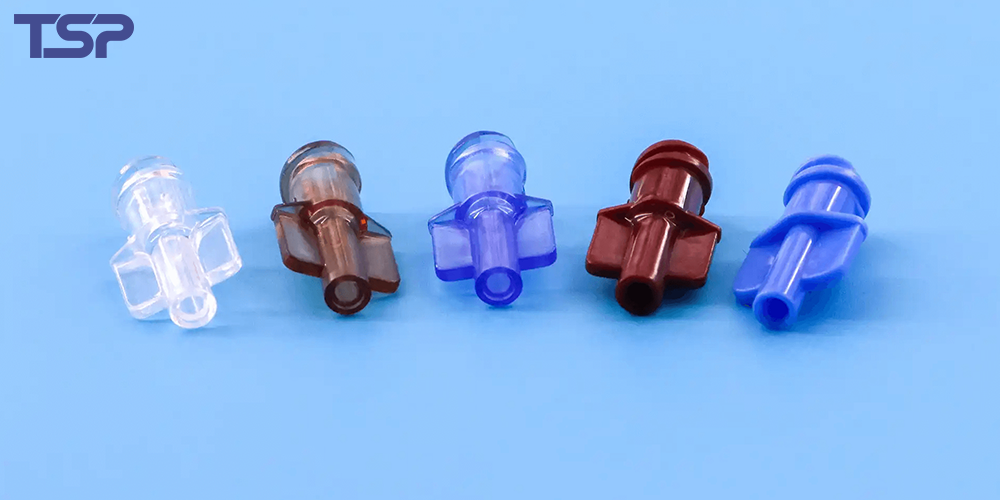
🌡️ 4. Cooling System Design for Medical Molds
Cooling efficiency has a direct impact on:
Cycle time
Part warpage
Overall production cost
Design tips:
Place cooling channels close to the cavity surface
Ensure uniform cooling distribution to prevent shrinkage and deformation
Use circulating water or low-temperature chillers to speed up the mold cooling process
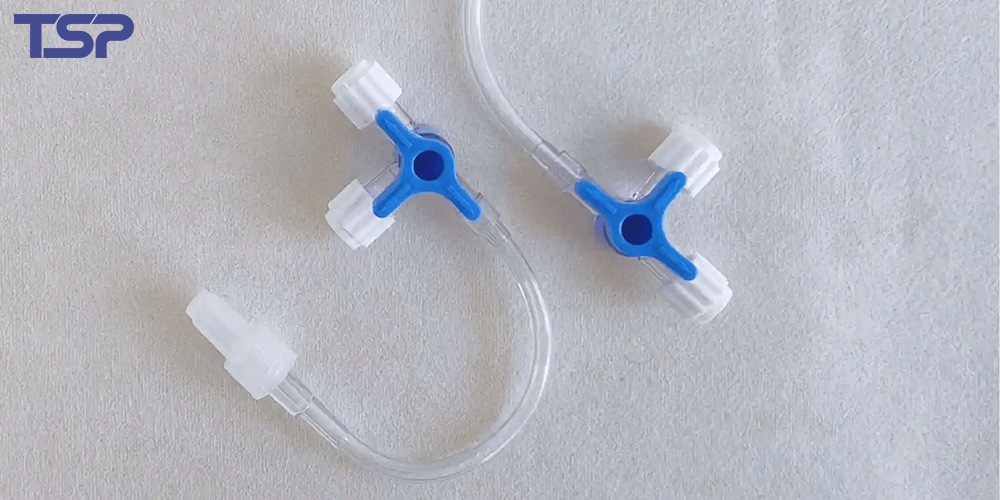
🔍 5. Venting Design in Luer Connector Molds
Air traps and volatile gases can cause surface burns, short shots, or voids in the part. A well-designed venting system is essential, especially for small, complex geometries like Luer connectors.
Common venting solutions include:
Vents along the parting lines
Micro vent grooves in critical areas
Integration of venting valves or inserts for deep-core features
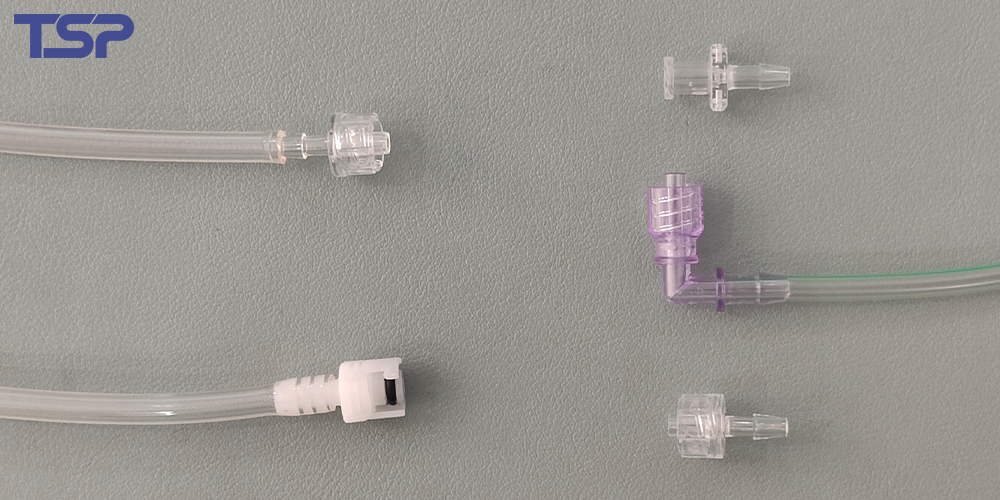
🏭 About TSP Precision Manufacturing
TSP Precision Manufacturing in the design and production of high-precision medical connector molds, including Luer lock and slip connector molds. We focus on:
ISO-compliant design
Ultra-tight tolerance control
Full-cycle mold development from prototyping to mass production
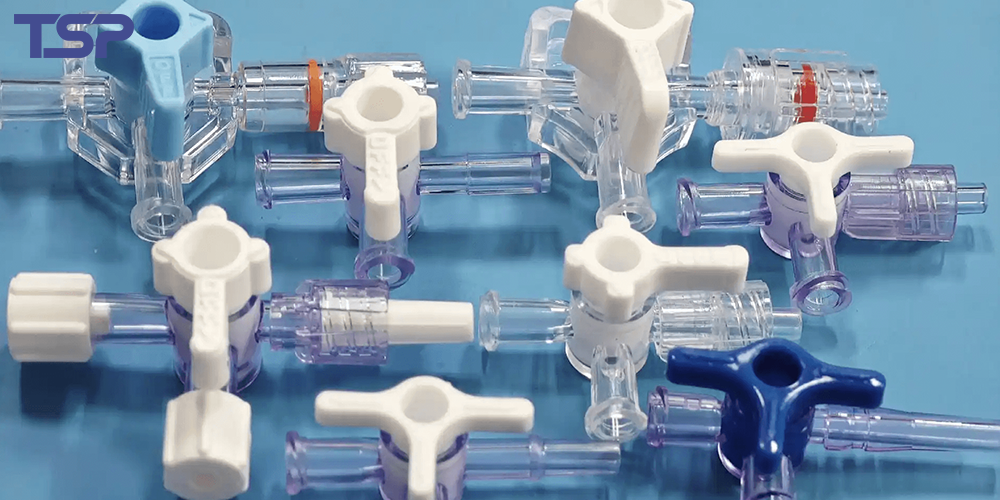
To read more: TSP Shanghai Achieves 1000KW Solar Power Milestone

